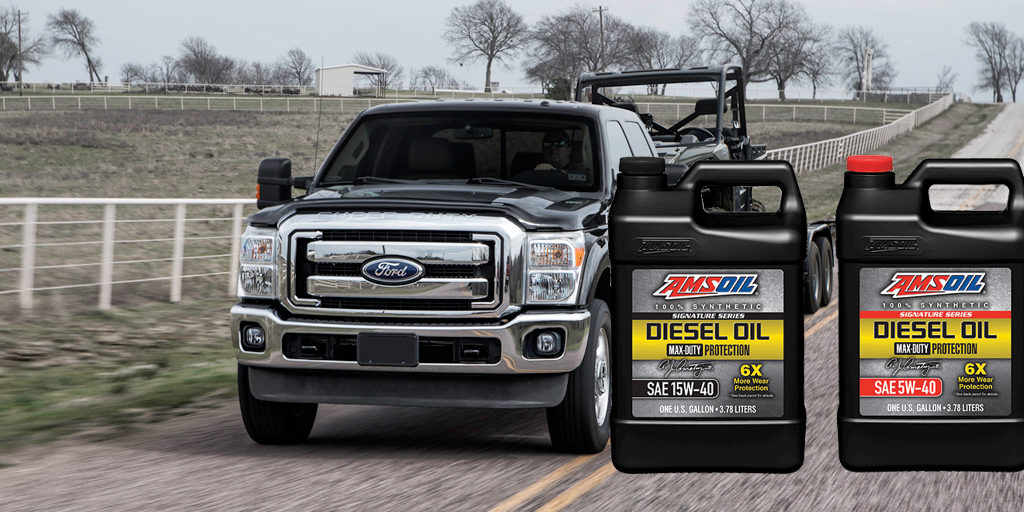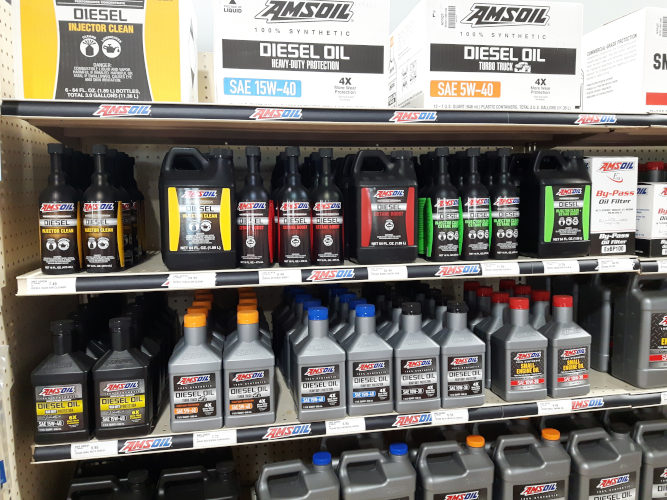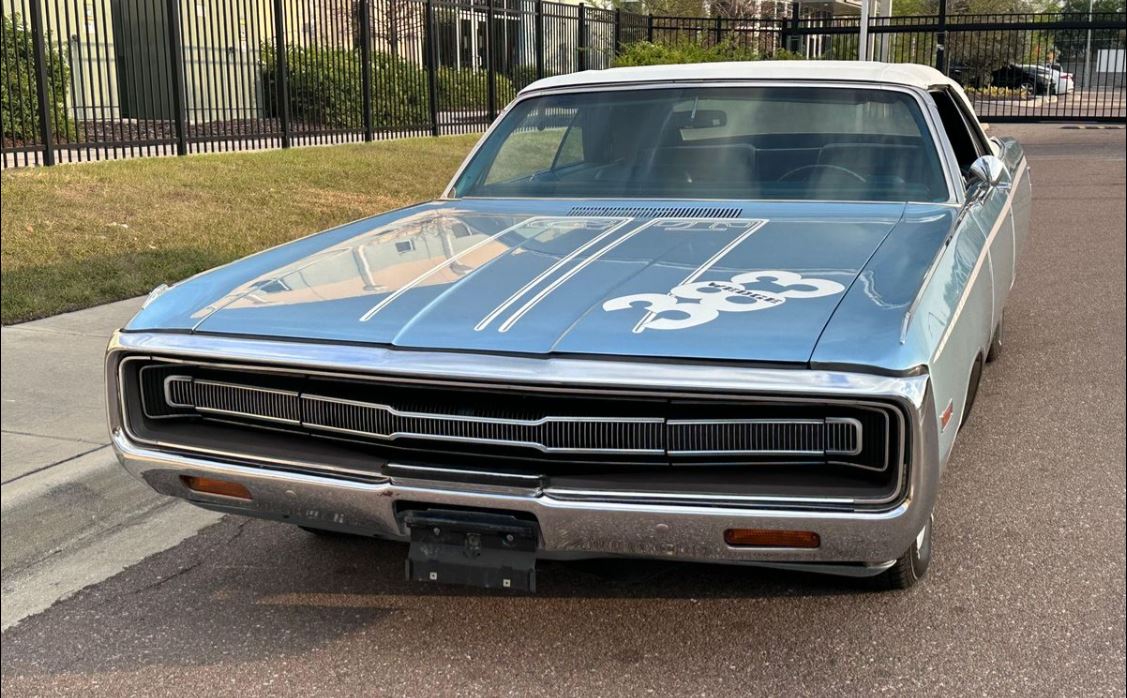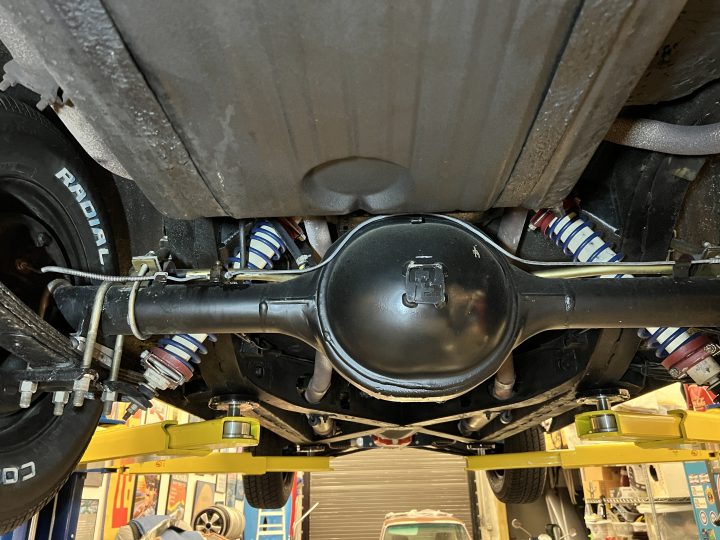Team AMSOIL Update Lindsay Premo|Jul 17, 2019 8:26 AM Summer is in full swing, race fans! Which means Team AMSOIL is busy, busy, busy. Let me take a moment from taking in all the exhaust fumes and evaluating my farmer’s tan to let you know what we’ve been up to and where we’re headed. On […]
Team Hybrid Sets the Import Standard
Team Hybrid Sets the Import Standard Jamie Gibson|May 01, 2019 1:39 PM It’s no small feat to organize a group of tuner enthusiasts and turn it into a well-respected car club. Never mind one that is capable of steady accolades, awards and reverence in a highly-competitive scene. That’s exactly what James Lin, Team Hybrid Founder […]
7 Tips to Add Life to your ATV or UTV
ATV/UTV Maintenance: 7 Tips to Maximize Your Machine’s Life John Baker|Jun 06, 2019 1:47 PM ATVs and UTVs aren’t cheap. And neither should be your approach to maintenance if you want your machine to deliver peak performance and last for years. Fortunately, ATV and UTV maintenance boils down to a handful of relatively simple practices […]
AMSOIL-Sponsored Chase Sexton Takes Supe...
AMSOIL-Sponsored Chase Sexton Takes Supercross Crown Lindsay Premo|May 08, 2019 8:52 AM As I plopped down on the sofa with my second cup of coffee Sunday morning, I tuned the DVR to watch the Supercross finals from Vegas (#centraltimezoneprobs). I knew two things from watching heats and LCQs the night before: 1. Those whoops were […]










